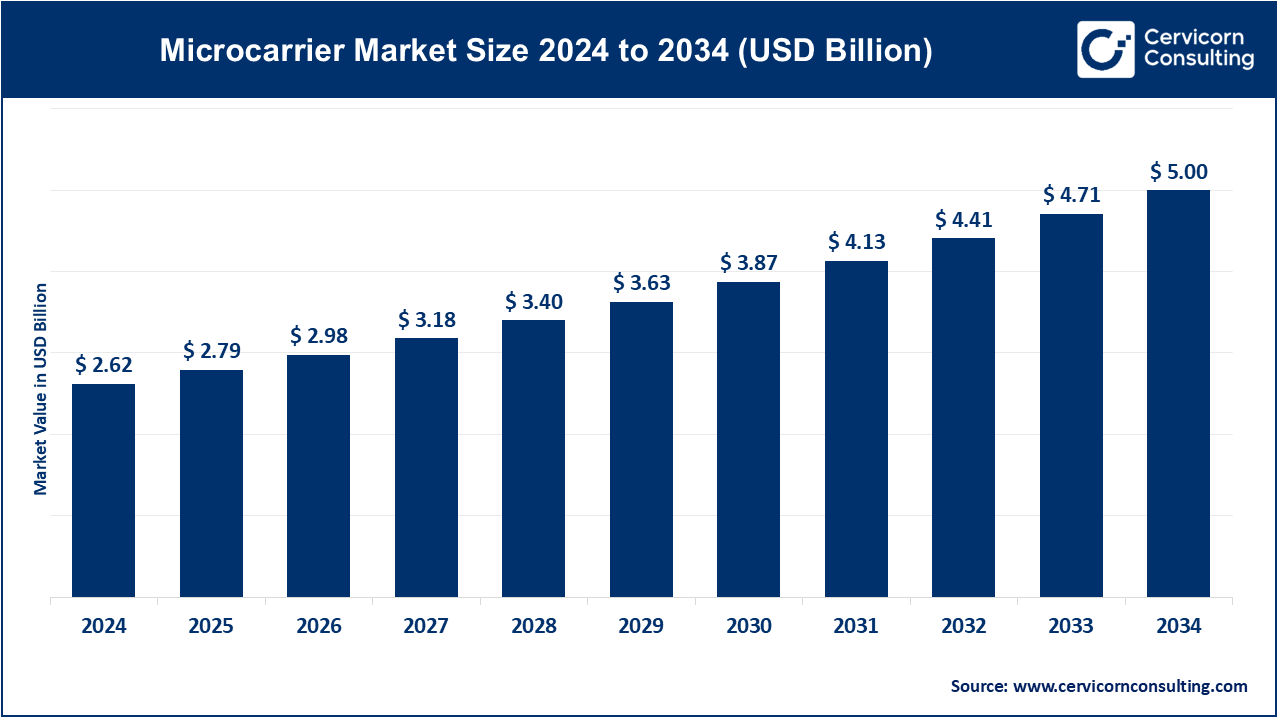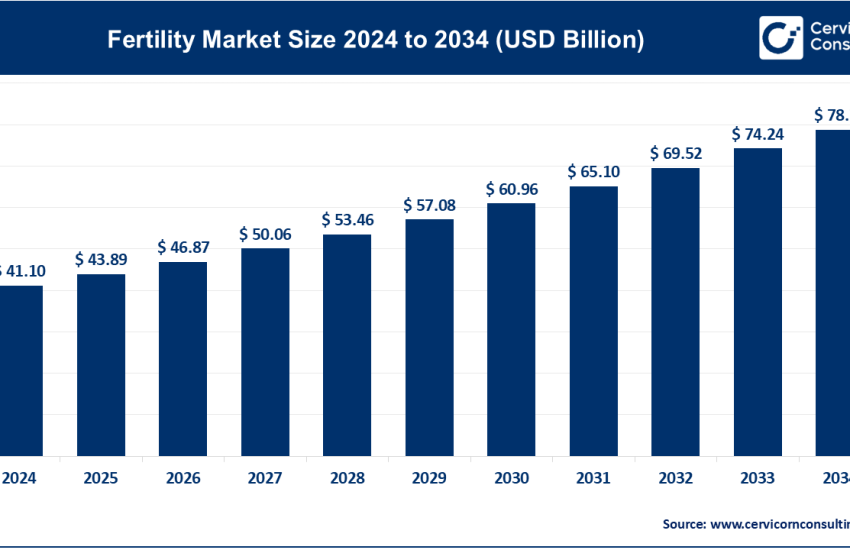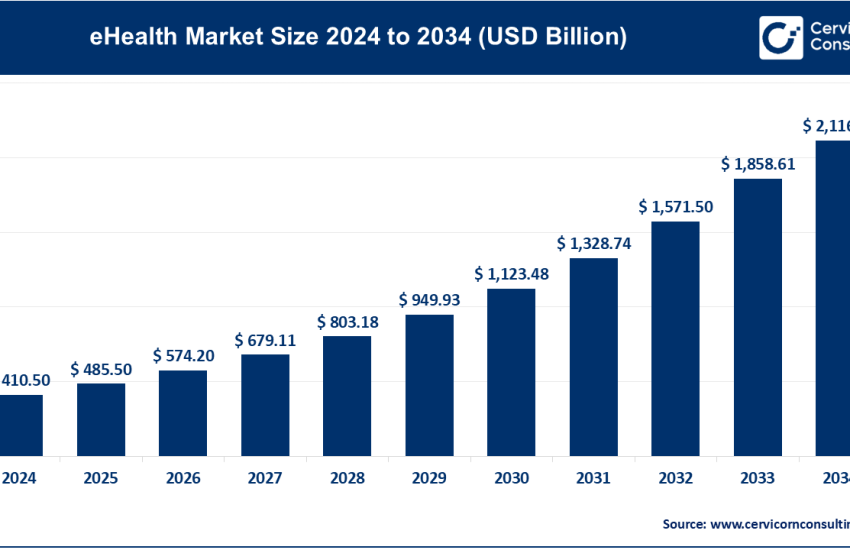North America
Market Share: North America dominates the global microcarrier market, driven by significant investments in R&D for cell and gene therapies and accelerated vaccine production efforts during the COVID-19 pandemic.
Key Drivers: High chronic disease prevalence and the presence of major biopharmaceutical companies propel market growth. The U.S. leads with extensive advancements in cell and gene therapies, expanding their application scope.
Growth Rate: The region is expected to sustain a strong CAGR, fueled by ongoing innovations and new product launches in the biotechnology sector.
Europe
Market Position: Europe holds the second-largest share in the microcarrier market, supported by technological advancements and growing adoption of microcarrier products in R&D.
Key Factors: Focus on biopharmaceutical development and favorable regulatory frameworks for innovative therapies create a robust environment for microcarrier adoption.
Growth Outlook: Investments in healthcare infrastructure and biotechnological research are expected to drive sustained regional growth.
Asia Pacific
Market Growth: Asia Pacific is anticipated to experience the fastest CAGR, led by countries like Japan and China, which are making substantial investments in biotechnology and biopharmaceutical production.
Drivers of Growth: Key factors include government initiatives promoting cell therapy research, technological progress in microcarrier applications, and the expanding healthcare sector.
Specific Trends: Japan’s emphasis on personalized medicine and China’s efforts to scale up cell therapy production using microcarriers are notable contributors to regional expansion.
Latin America
Market Dynamics: Latin America’s microcarrier market is growing at a moderate pace, hindered by limited infrastructure and constrained healthcare budgets, which impact R&D activities.
Opportunities: Nevertheless, rising demand for biopharmaceuticals and increased government support for healthcare improvements offer growth potential in the coming years.
Middle East & Africa (MEA)
Market Characteristics: The MEA region is witnessing steady growth, driven by an expanding biopharmaceutical sector and increasing demand for advanced therapies.
Challenges: Growth potential is hampered by limited access to advanced technologies and lower healthcare spending compared to developed regions.
Read Report:
Blood Collection Tubes Market: Growth, Trends, and Innovations 2024
Pharma 4.0 Market Expansion: Analyzing Growth Projections and Key Technologies



